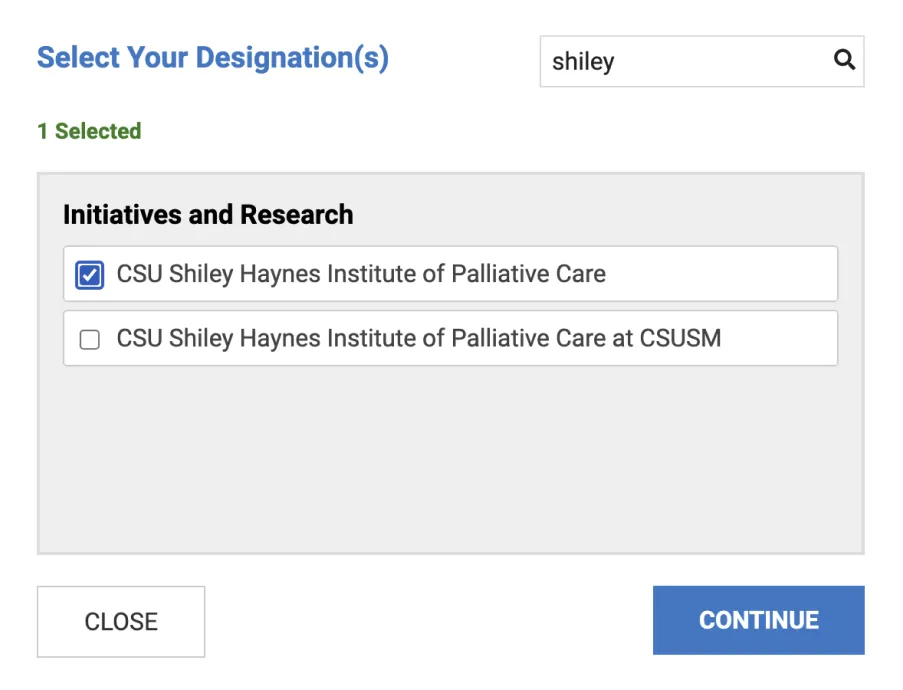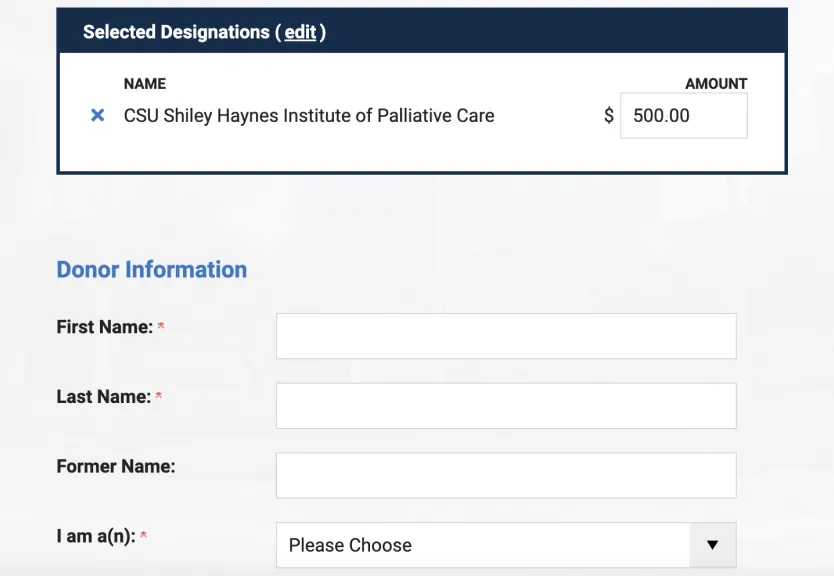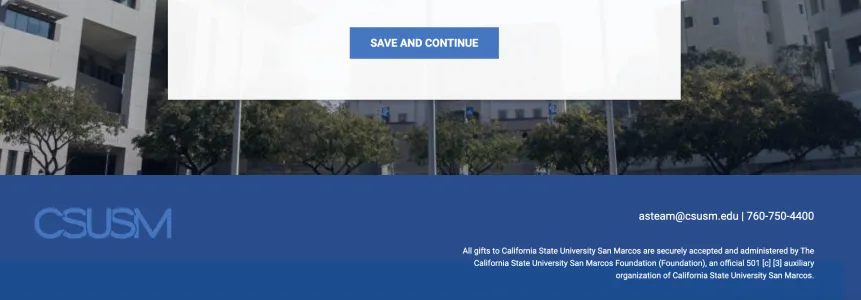Kathy Brandt – A Palliative Care Leader That Elevated Others
I’ve been thinking a lot about leadership lately – not just the usual issues of the difference between leaders and managers, or how to set a vision and inspire others to follow, or what style of leadership is best. These are important, no doubt. But I’ve also been thinking about where leaders are found, how to be a “leader” even when you don’t have “followers,” and what it takes – in the heart and from the moment of waking – to lead.
I’m thinking about all this not just because we are embarking on a new fiscal and academic year, with a new name and ambitious plans, and not just because the theme of our upcoming National Symposium is “Leading Into the Future.” It’s on my mind because we, and many of you, have recently suffered the loss of a very special leader of a very special kind.
Kathy Brandt, “KB” to many, died on August 4, at home, with her wife Kim at her side and her son Greyson nearby. From diagnosis of stage 4 ovarian cancer in February, she blogged and tweeted her journey, in all its frustrations, joys, sorrows, satisfactions, and fears. In that, she stepped into the leadership limelight in a way that was palpably uncomfortable and not just because she was dying.
Leadership that Elevates Others
Until this year, Kathy was the kind of leader who rarely took the stage. In program and education management positions with the National Hospice Organization, later the National Hospice and Palliative Care Organization, and the Suncoast Hospice, she was typically the “woman behind the curtain.”
Kathy facilitated committees, managed projects and initiatives, directed broad educational and research projects, planned and implemented conferences, and wrote reports, articles, and monographs – often without attribution or with attribution given to the expert clinicians and organization honchos first. Since 2013, she contributed significantly to the work of the Institute in strategic planning, thought partnership, and project management, most recently of our upcoming pediatric palliative care series.
This is not to say she was not recognized for her work – but in many of these efforts she led from behind in the very best sense. Part of her leadership genius – which really came to the fore in her work as an independent consultant over the past 6 or so years – was her ability to extract the best work from others and make it even better, by asking good questions, doing good research, analyzing, synthesizing, and articulating, getting to the substance and bringing it to light.
Leading From Within
I share all this, not just to offer tribute to Kathy, but as an illustration that leaders don’t always look like it. They are not always out in front commanding attention. They are not always on the dais getting the applause. They are not always listed on the cover or in the gala program. Often, they are in the background, out in the bullpen, in the lab or classroom, on the committee, in the audience, or at the back of the staff meeting.
Leadership, it seems to me, is as much about motivating yourself to get out of bed every morning and do your very best as it is about inspiring others. It’s as much about crafting a personal vision of what you want for your life and world as it is about articulating a vision for a big organization. It’s as much about who you are as what you do and, most of all, why you do it.
We are all leaders, in ways big and small, seen and unseen. Leadership, before and after everything else, just requires intention and attention – to be conscious. Our National Symposium this year hopes to find, nurture, and inspire leaders of all kinds in all places. As our keynote speaker, Dr. Daniel Friedland, puts it “conscious leadership is the act of awakening to the leader you already are.” We hope you will join us.




